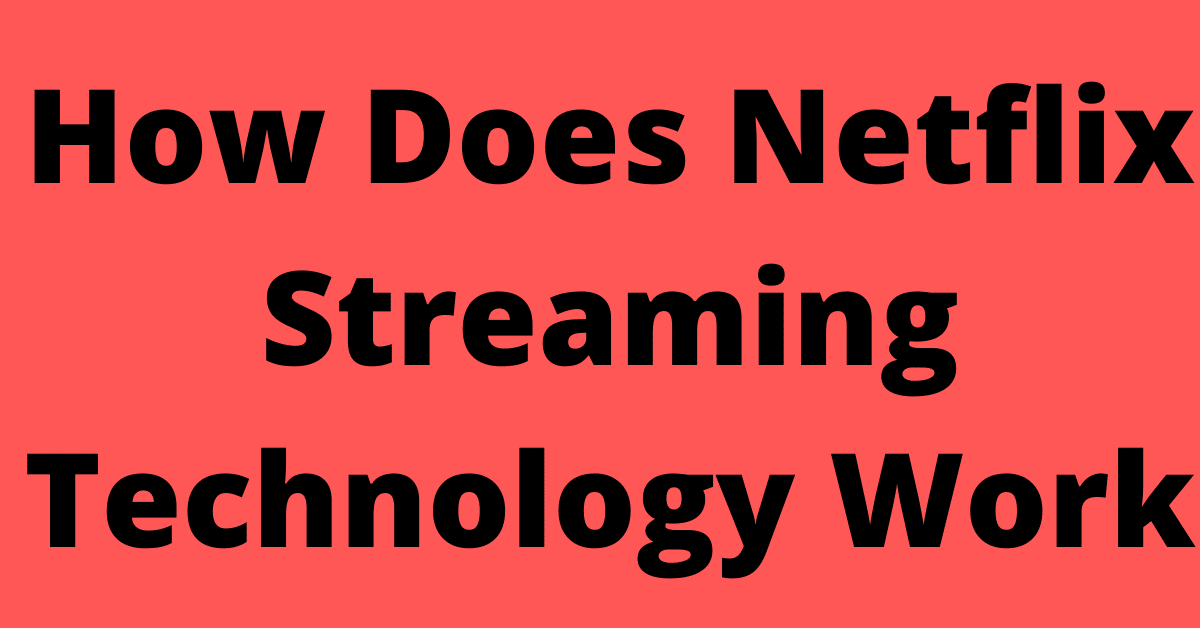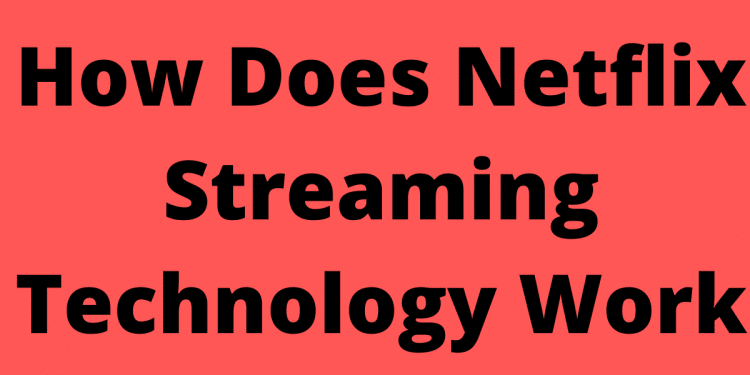Overview
Netflix is the most well-known multimedia content platform in the world that aims to position itself as an alternative to the worrying piracy of series and movies by offering a flat rate of access to all its contents without limit at a very competitive price. For 3 weeks, this platform has already been available where we can access its complete library of series and movies for less than 15 dollars per month and you can also get free netflix account by Khizer Tariq, however, do we know how this platform works in terms of servers?
Netflix is not a new platform, but has been on the market since 1997. Not long ago those responsible for it began to open up to more services with which they could offer their content to different countries in the world (each country with a own catalog), currently serving more than 50 countries around the world
The company, since its inception, has always been very transparent about its operation. Although a complete summary guide has not been published with all the technical aspects of its operation, it has been providing information from time to time, whenever the opportunity arose, on how the platform was built. The Scalescale portal has decided to collect all this information in order to know, at a single glance, most of the aspects of its operation.

The first thing that strikes us is that practically all the software used by the platform is free software. Among others, the most used applications on the backend are Java, MySQL, Gluster, Apache Tomcat, Hive, Chukwa, Cassandra and Hadoop.
Regarding the codecs used for video, Netflix does not use a single format, but has to encode each video depending on the device that is going to play it. Therefore, the main codecs used by the platform are:
Video – VC-1, H.264 (AVC), VC-1, H.263 and H.265 (HEVC)
Audio – WMA, Dolby Digital, Dolby Digital Plus, AAC and Ogg Vorbis
A platform that has been on the market since 1997 and that, for around 10 euros a month, operates in more than 50 countries around the world. As we already know, they are dedicated to streaming video on demand, both movies and series, and they arrived in our country just a few weeks ago. Now, we only have to press a couple of buttons to see what we want, but … how does this streaming platform really work on the inside?
The truth is that the technology it hides is really interesting and the colleagues from RedesZone have done an extensive report dissecting down to the last detail that can be consulted, and we recommend doing it, below:
All the technology behind Netflix, explained step by step
Broadly speaking, Netflix uses a huge amount of free software within it, among which there are more than 8 backend applications to show viewers everything that can be viewed on the screen. And on the other hand, to offer the best image quality, more than 5 different video codecs and more than 3 different audio codecs are used. And, as they explain, these “formats” are used differently depending on the device requesting the playback.
Where does everything we see on Netflix come from?
In addition to all those details that make video playback possible in the highest quality, and on which the corresponding interface depends, it is interesting to know where the files that Netflix shows on our screens come from. As explained to us in RedesZone, Netflix is based on Amazon and uses its EC2 servers to compute all the necessary information. We know that they exceed 1 petabyte of storage on Amazon S3 servers, and on the other hand they have the support of Internet service providers to facilitate the caching server, which guarantees an optimal loading speed for the website.
You May Also Read








![How to Solve [pii_email_bd3a8df463d4a6ebf4ef] Error](https://techtesy.com/wp-content/uploads/2021/04/Pii_email_bd3a8df463d4a6ebf4ef.-75x75.png)



